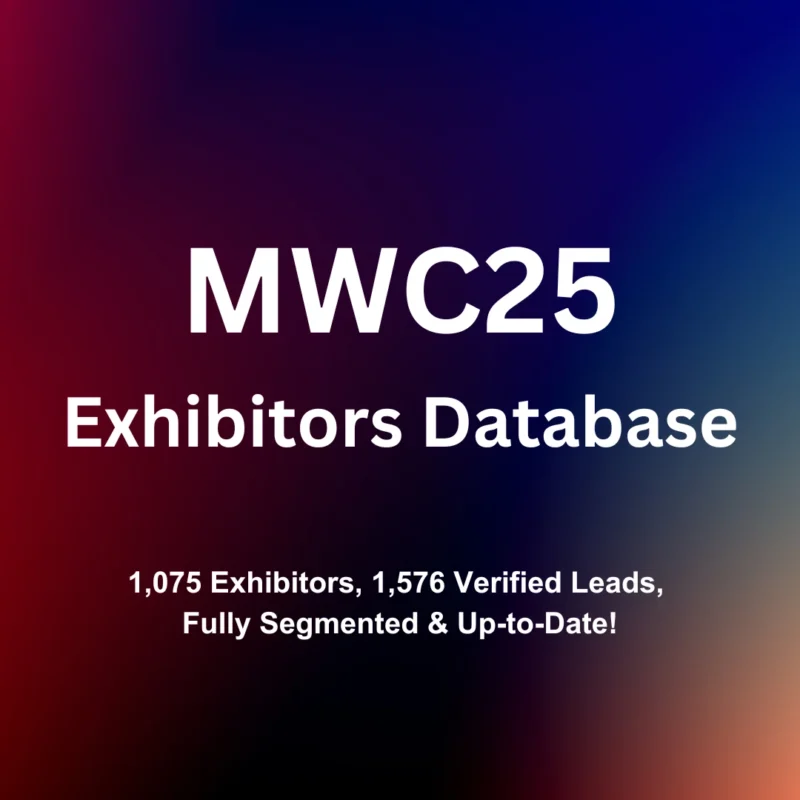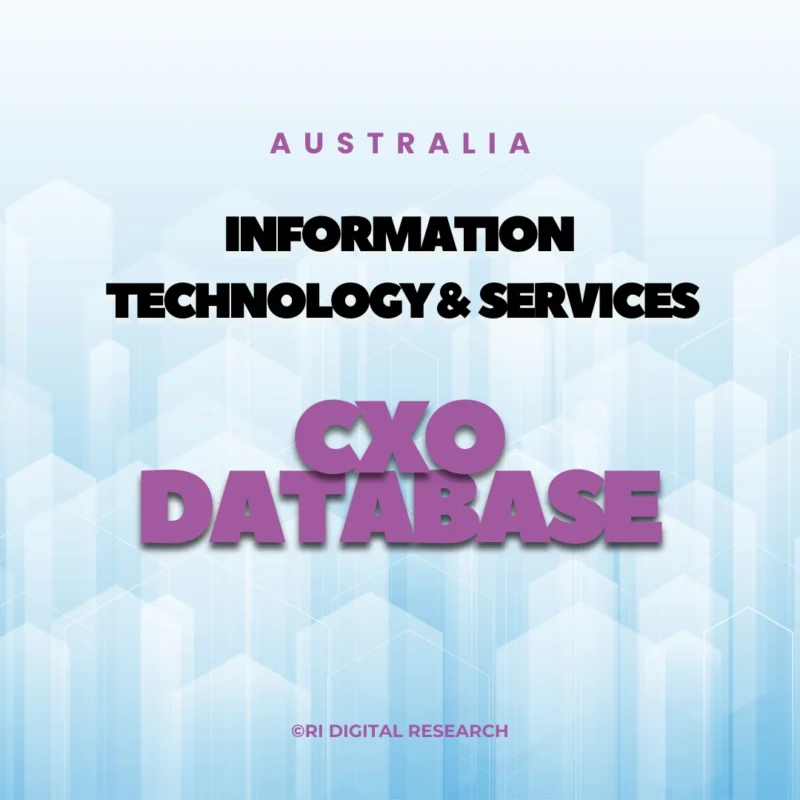Did you know that 70% of businesses now rely on digital research to guide their product development and strategic decisions? As someone deeply involved in the research industry, I’ve witnessed firsthand how digital research methodologies have transformed how we uncover insights, understand behavior, and deliver real value to clients. Yet, many businesses still struggle with choosing the right approach.That’s exactly why I’m writing this post—to demystify digital research methodologies and help you navigate the maze of options available. Whether you’re a startup founder, corporate strategist, or insights lead, understanding the strengths and limitations of each method is key to getting reliable, actionable data.
Why Choosing the Right Digital Research Method Matters
Not all data is created equal. In my early days working with clients across sectors—tech, retail, healthcare—I saw the same pattern: companies would jump into surveys or web analytics without fully understanding what they needed to learn. The result? Wasted time, vague conclusions, and decisions built on shaky ground.
Picking the right method ensures you’re collecting data that truly answers your questions. It also helps you allocate resources efficiently and uncover deeper insights that traditional tools might miss.
Popular Digital Research Methodologies (and When to Use Them)
1. Online Surveys
Surveys remain one of the most common digital research methodologies because they’re scalable and cost-effective. At RI Digital Research, we often use surveys to test product concepts or gauge customer satisfaction.
Best for: Quantifying attitudes, behaviors, or preferences across large samples.
Watch out for: Poorly worded questions and low response rates. We combat this with mobile optimization and panel partnerships.
2. Social Listening
We once helped a fashion brand identify emerging trends by analyzing thousands of public posts across platforms. Social listening gives you real-time, unsolicited consumer opinions.
Best for: Tracking sentiment, identifying trends, and monitoring brand health.
Watch out for: Noise. Always supplement with qualitative insights to get context.
3. In-Depth Interviews (via video or chat)
I love these for diving deep. A one-on-one digital interview gives us rich, emotional context. It’s ideal when you need to explore motivations, pain points, or decision-making processes.
Best for: Exploring underlying needs or reactions in detail.
Watch out for: Interviewer bias. Our team trains extensively to keep the sessions neutral yet engaging.
4. Behavioral Analytics
This is where tech meets research. We use tools like heatmaps, clickstream analysis, and session replays to understand how users interact with digital platforms.
Best for: Optimizing user experience and identifying friction points.
Watch out for: Over-interpreting behavior without context. We always pair it with qualitative follow-up.
How We Choose the Right Method at RI Digital Research
We start with a simple question: “What decision do you need to make?” From there, we reverse-engineer the methodology to ensure we’re gathering the right type of evidence. It’s not about what’s trendy—it’s about what delivers clarity.
In practice, we often blend multiple digital research methodologies. A client looking to launch a new app might start with social listening to spot unmet needs, then move to surveys to validate interest, followed by interviews to refine the experience.
Final Thoughts: Research That Drives Action
Digital research is more than data collection—it’s a way to get closer to real people and their needs. When done right, it guides bold, confident decisions. At RI Digital Research, we believe in methods that are thoughtful, transparent, and tailored to your goals.
If you’re wrestling with which research path to take, reach out. We’re happy to share our experience and help you decode the right approach for your next big move.









